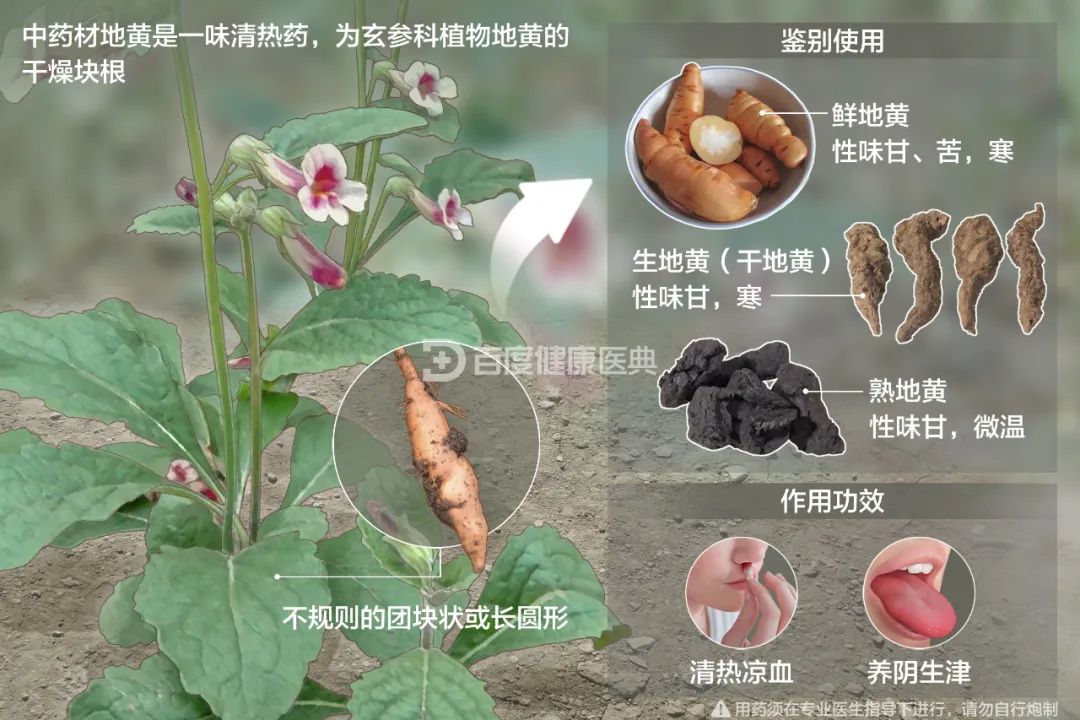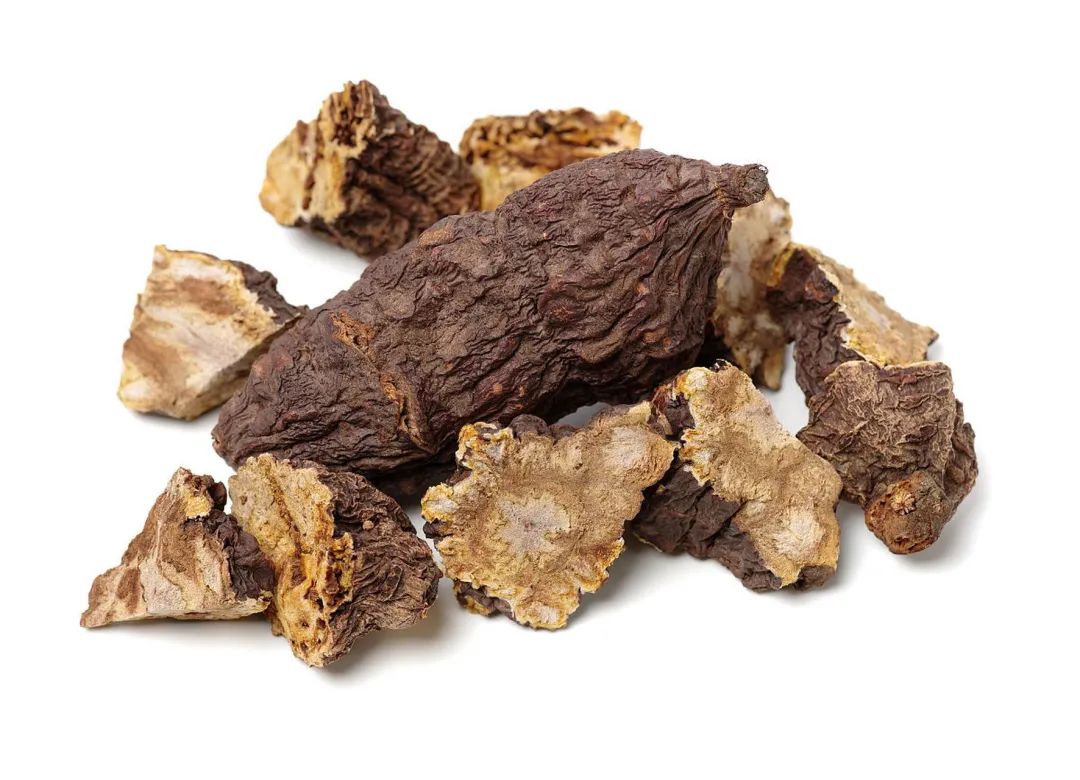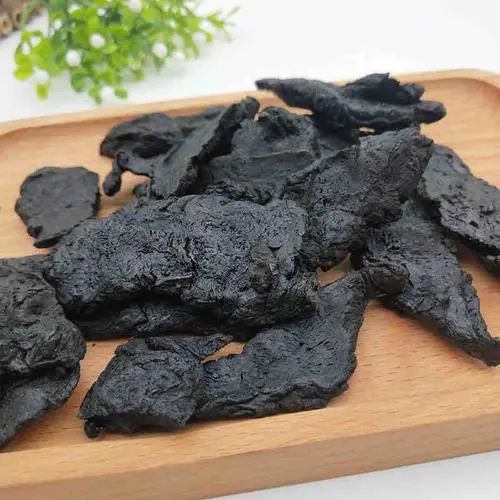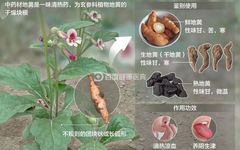Rehmannia


Rehmannia, a name in traditional Chinese medicine (TCM), refers to the fresh or dried tuber of the plant Rehmannia glutinosa (地黄, Dìhuáng) from the Scrophulariaceae family. It is harvested in autumn, with the fibrous roots and soil removed, and can be used fresh or processed. It is categorized into three types: dry Rehmannia (干地黄, Gān Dìhuáng), raw Rehmannia (生地黄, Shēng Dìhuáng), and cooked Rehmannia (熟地黄, Shú Dìhuáng).
Dry Rehmannia
 (1)Properties: Sweet taste, cold nature
(1)Properties: Sweet taste, cold nature
(2)Meridians: Heart, Liver, Kidney
(3)Functions: Clears heat and cools the blood, nourishes yin and generates fluids
(4)Indications: Used for heat entering the blood, warm toxin causing rashes, vomiting blood, nosebleeds, heat illness damaging yin, red tongue with thirst, fluid damage causing constipation, and sore throat.


Raw Rehmannia

Fresh Rehmannia is primarily used to clear heat, generate fluids, and cool the blood, mainly for heat illness damaging yin, red tongue with thirst, warm toxin causing rashes, vomiting blood, nosebleeds, and sore throat. Its taste is sweet, bitter, and cold, entering the Heart, Liver, and Kidney meridians.

Cooked Rehmannia

Cooked Rehmannia has a sweet and slightly warm nature, entering the Liver and Kidney meridians. It is known for its ability to nourish yin, replenish blood, and benefit essence, making it a crucial herb for tonifying Kidney yin. Clinically, it is used for symptoms such as Kidney yin deficiency, insufficient essence, and yin blood deficiency, commonly seen in conditions like blood deficiency causing pale complexion, palpitations, irregular menstruation, excessive bleeding, Liver and Kidney yin deficiency, soreness in the lower back and knees, tidal fever, night sweats, nocturnal emissions, internal heat causing thirst, dizziness, tinnitus, and premature graying of hair.
Clinical Combinations of Rehmannia

1. Raw Rehmannia with Achyranthes—nourishes yin and cools the blood, guiding fire downward. Used for Kidney deficiency with yin deficiency, empty fire rising, thirst for cold drinks, and frequent urination in diabetes, as well as upper bleeding due to yin deficiency and blood heat.
2. Raw Rehmannia with Rhubarb—cools blood and clears heat. Used for heat accumulation in the Heart and Stomach, rising qi fire causing vomiting or nosebleeds, especially with constipation.
3. Raw Rehmannia with Water Buffalo Horn and Scrophularia—nourishes yin and clears heat. Used for warm diseases with heat entering the blood, body heat, dry mouth, and red or crimson tongue.
4. Cooked Rehmannia with Angelica—nourishes yin and replenishes blood, used for dizziness, palpitations, insomnia, and pale complexion due to blood deficiency.
5. Cooked Rehmannia with Goji Berries—benefits the Kidney and essence, nourishes the Liver and brightens the eyes, used for symptoms of Kidney and Liver deficiency such as soreness in the lower back and knees, tinnitus, and hearing loss.6. Dry Rehmannia with Scrophularia—nourishes yin, clears heat, and detoxifies, used for thirst in warm diseases, tidal fever, sore throat, and warm disease rashes.
How to Properly Use Rehmannia

1. When decocting Rehmannia for internal use, the common dosage is 10-30g; it can also be used fresh by crushing and extracting the juice.
2. Different processing methods can produce raw Rehmannia, cooked Rehmannia, charred raw Rehmannia, and charred cooked Rehmannia. Fresh Rehmannia excels at clearing heat and cooling the blood, while dry Rehmannia is better for nourishing yin; charred forms are often used to stop bleeding. Different processing methods yield different effects, but the usage remains consistent; specific usage should follow medical advice.
3. Rehmannia is generally used in decoctions, but can also be made into powders or pills. The use of herbal materials must be based on syndrome differentiation and should be guided by a qualified TCM practitioner.
4. Additionally, Rehmannia can be used for daily health maintenance, with common preparation methods as follows:
• Decoction: 10g of Ophiopogon, 15g of raw Rehmannia, and 200g of lotus root, washed, chopped, and boiled, suitable for dry throat, difficulty swallowing, and nausea.
• Congee: 10g of fresh Motherwort juice, 40g of fresh raw Rehmannia juice, 40g of fresh lotus root juice, 29g of ginger juice, 10g of honey, and 100g of glutinous rice cooked together. Suitable for irregular menstruation, functional uterine bleeding, postpartum blood loss, retained lochia, abdominal pain due to blood stasis, and symptoms like vomiting blood, nosebleeds, coughing blood, and blood in stool.
-END-
The WeChat public account of the Department of Gastroenterology at Beijing Hospital of Traditional Chinese Medicine aims to educate the public on health and wellness knowledge. If there are any inaccuracies in the content or illustrations, please contact us promptly, and we will address them immediately. Thank you for your efforts in supporting public welfare!
Some illustrations and cover images in this article are sourced from the internet; if there are any copyright issues, please contact us for removal.
Editor: Ma Lixin
Reviewer: Yan Ningjuan

